The American City, Part 3: Learning from the Grid featuring Dr. Mark David Major is now available from Planetizen Courses. The course is approved for 0.75 professional development credits with the American Institute of Certified Planners (AICP) and Congress for New Urbanism (CNU).
Watch an extended preview here.
The American City, Part 3: Learning from the Grid
The course covers the formal composition and spatial process of the American urban grid. The course demonstrates a well-defined spatial logic to how American cities tend to evolve over time, conserving the importance of the “center” (e.g., historical area and/or Central Business District) in relation to the ever-expanding edges. 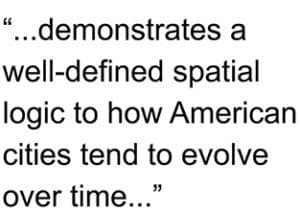 By understanding these concepts, we can better understand how “bedrock” urban attributes (such as block size and dwelling entrances) and common growth trends (such as strip malls and leapfrog development) play a role in the spatial logic of American cities. The objective of this course is to better understand the spatial implications of design decisions when intervening in the American city.
By understanding these concepts, we can better understand how “bedrock” urban attributes (such as block size and dwelling entrances) and common growth trends (such as strip malls and leapfrog development) play a role in the spatial logic of American cities. The objective of this course is to better understand the spatial implications of design decisions when intervening in the American city.
Click here to purchase the course by subscribing to Planetizen Courses.



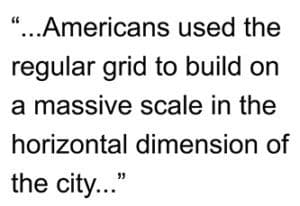 The course also compares the characteristics of block and street length in several American and European cities to demonstrate how Americans used the regular grid to build on a massive scale in the horizontal dimension of the city, which suburban sprawl has accentuated and abused since World War II. Finally, the course also discusses implications for sustainable cities in the 21st century.
The course also compares the characteristics of block and street length in several American and European cities to demonstrate how Americans used the regular grid to build on a massive scale in the horizontal dimension of the city, which suburban sprawl has accentuated and abused since World War II. Finally, the course also discusses implications for sustainable cities in the 21st century.
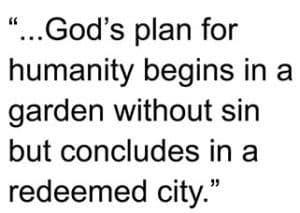 In The Old Testament, God was not anti-urban. Quite the opposite, there was evidence of God as the architect, designer, and planner. God’s plan for humanity begins in a garden without sin but concludes in a redeemed city. Christian writings of The New Testament intimately broaden and deepen this theme (1.25 hour course).
In The Old Testament, God was not anti-urban. Quite the opposite, there was evidence of God as the architect, designer, and planner. God’s plan for humanity begins in a garden without sin but concludes in a redeemed city. Christian writings of The New Testament intimately broaden and deepen this theme (1.25 hour course).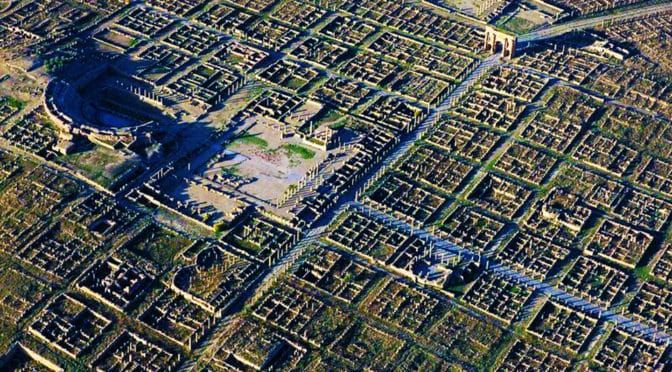
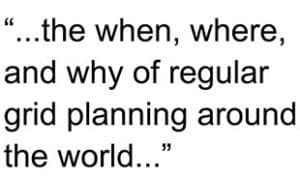 The objective of this course is to understand how and why the regular grid has been a standard part of the town planning vocabulary around the world for nearly five millennia.
The objective of this course is to understand how and why the regular grid has been a standard part of the town planning vocabulary around the world for nearly five millennia.
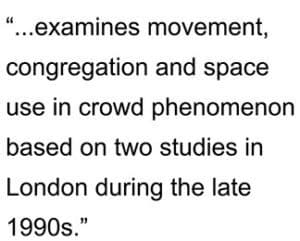 Second, many crowd characteristics often represent only a dramatic, temporary intensification of everyday circumstances in urban conditions, which has implications for recent pedestrian-oriented design concepts such as shared space (2.0 hour course).
Second, many crowd characteristics often represent only a dramatic, temporary intensification of everyday circumstances in urban conditions, which has implications for recent pedestrian-oriented design concepts such as shared space (2.0 hour course).